Infraclass Helminthomorpha Scientific name Chordeumatida Rank Order | Superorder Nematophora Subclass Chilognatha | |
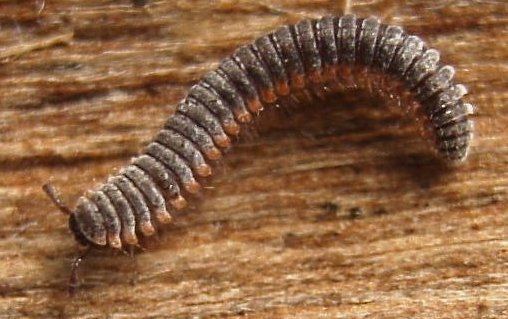 | ||
Similar Polyxenida, Polyzoniida, Callipodida, Platydesmida, Polydesmida | ||
Millipede species diplopoda chordeumatida
Chordeumatida (from the Greek word for "sausage") is a large order of millipedes containing some 1200 species with a nearly worldwide distribution. They possess around 30 body segments and reach about 25 mm (0.98 in) in length.
Contents
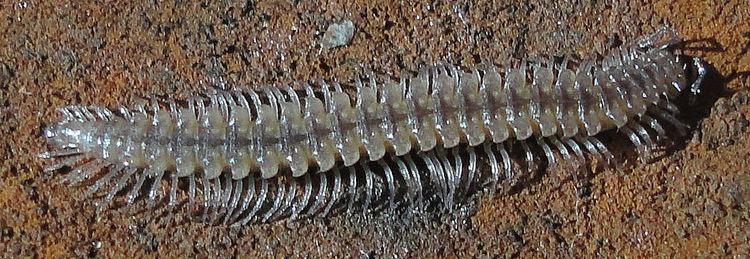
Description
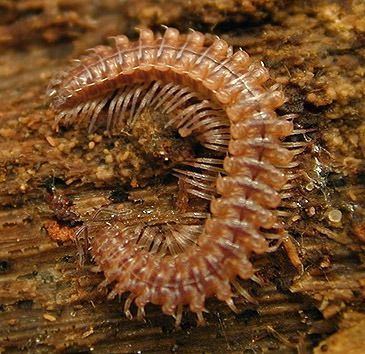
Chordeumatidans are relatively short-bodied, with only 26-32 body segments behind the head. They range in length from 4–25 mm (0.16–0.98 in). A key feature is the presence of 6 large bristles (setae) on the dorsal surface each body segment. The first segment (collum) is relatively narrow, giving the appearance of a distinct "neck" in many species. The body tapers towards the rear, and the rearmost tip (telson) contains silk-producing organs (spinnerets). A dorsal groove runs down the length of the body, and some species possess paranota, lateral extensions of the exoskeleton. Paranota are also found in some other millipedes, notably Polydesmida, from which Chordeumatidans can be distinguished by having more than 20 body segments and a dorsal groove. Unlike most other helminthomorph (worm-like) millipedes, Chordeumatidans lack ozopores.
Distribution
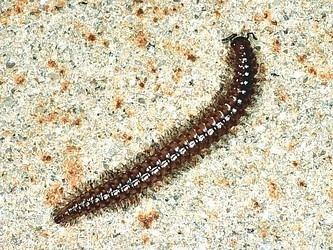
Chordeumatidans have a large distribution, occurring on all continents except Antarctica. They are present in Madagascar but absent from sub-Saharan Africa and, aside from southern Chile, are largely absent from South America. They occur in the tropics of Central America, Southeast Asia, and Oceania, and as far south as Tasmania, New Zealand, and Chiloé Island, Chile. They are abundant in cold, rocky, mountainous areas of Europe and central Asia, and range northward to Scandinavia, Siberia, and in North America up into Canada and southwest Alaska.
Classification
The Chordeumatida contains approximately 1200 species, classified in four suborders and approximately 50 families, although several families contain only one to five genera.
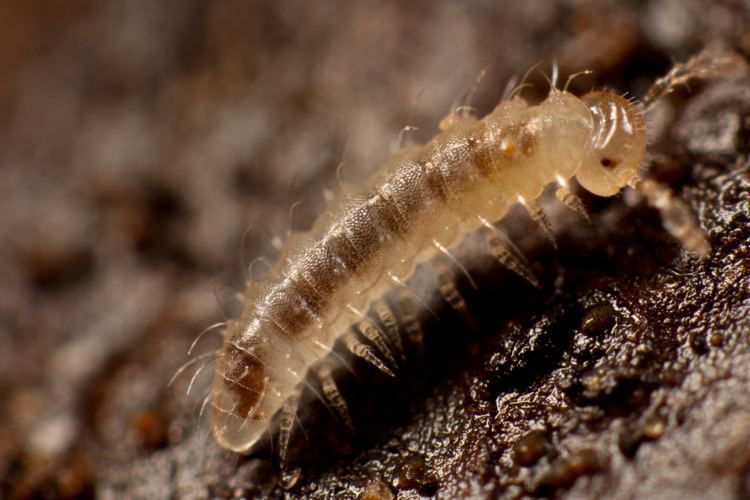
Superfamily Diplomaragnoidea Attems, 1907
Superfamily Heterochordeumatoidea Pocock, 1894
Superfamily Pygmaeosomatoidea Carl, 1941
